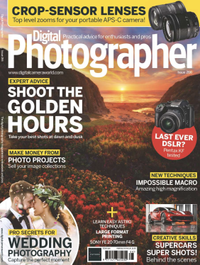“I needed to support the heavy lens whilst sitting in a moving Land Rover"
Photographer Graham Borthwick offers insights into the practical and visual strategies behind his eye-catching shot
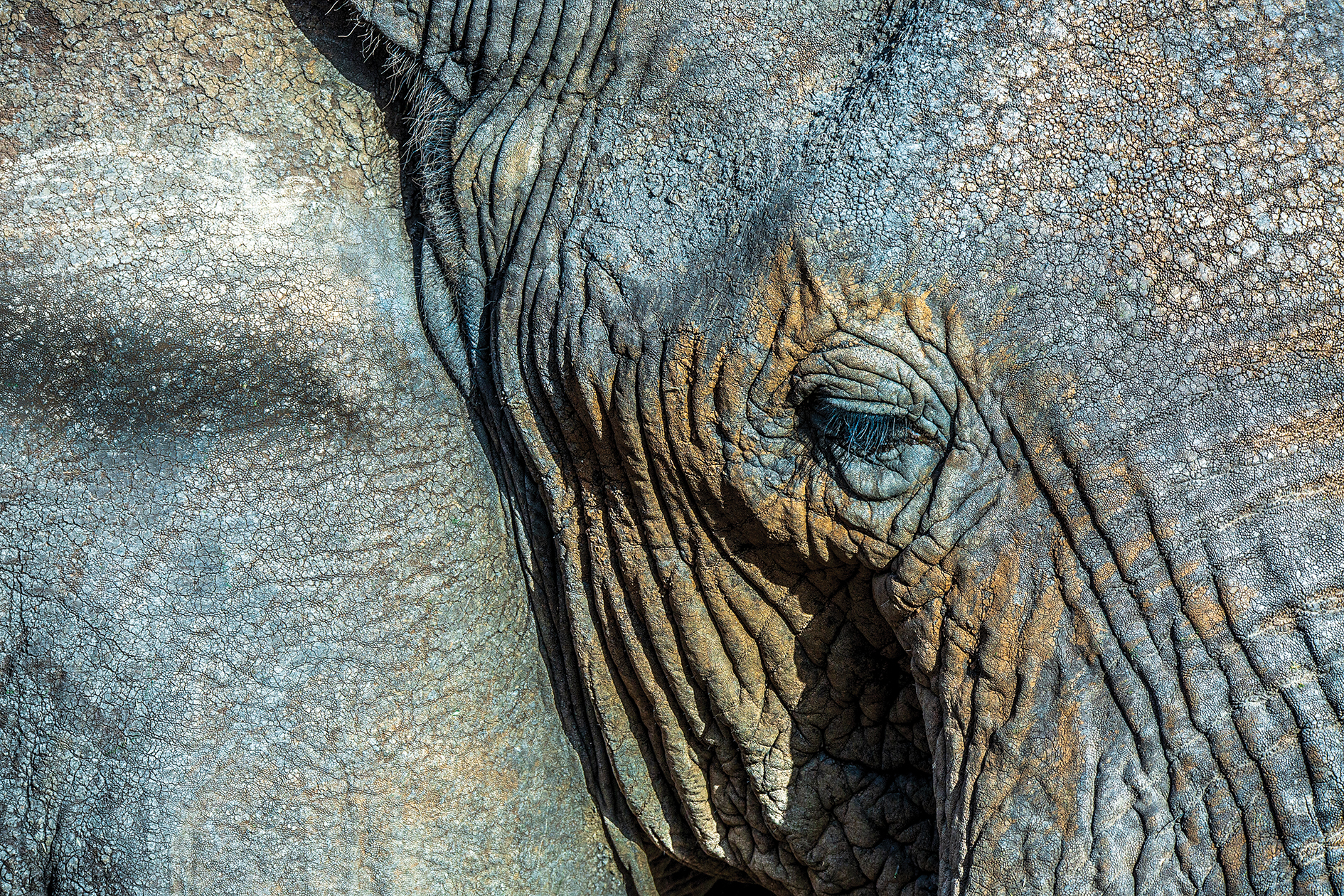
Entitled "So Blue", photographer captured this stunning close-up of an elephant's eye from a moving vehicle. He talks to us about how the photo was taken, and why it works…
1. Isolated view
Graham has captured the subject in a frame-filling way that offers the viewer an unusual perspective of a familiar animal. “It shows a different view of a wild animal that some may never have experienced before,” he says. To achieve this angle, Graham had to overcome some challenges. “Shooting from a confined space with such a physically long lens required careful planning and manoeuvring of the vehicle,” he explains. “I needed to support the heavy lens whilst sitting in a moving Land Rover. So I used a bean bag filled with rice to provide an appropriate level of stability.”
2. Level of abstraction
Through Graham’s compositional choices, the elephant has been placed in an unusual context. The skin has become a structure where the more commonly viewed three-dimensional form of the animal has been minimised and the elements are presented side by side on the same layer. This makes for an interesting view that is only interrupted by the central element of the eye, which brings the viewer back to reality. This considered effect is pretty rare in wildlife photography, as creative decisions often have to be made quickly before the moment is lost.
3. Deep textures
The elephant has been photographed to fill the frame, so attention is drawn to features that might otherwise be lost. “This shot shows several contrasting parts together,” says Graham. “The image illustrates the presence of contrasting colours and textures on the skin, starting near the eye and spreading across the shot as a whole.” Light and shadows highlight the details, providing the contrast that brings them to life, while precise focus and sharpness emphasise the animal’s features.
4. Eye-catching
Graham has created a pathway that leads the viewer through the image. “Concentrating the focal point on an eye allows an entry point into the image. It then follows a clockwise motion into the shadows underneath, down the trunk and back into the less coarse area near the shoulder.” By taking this route, the viewer’s gaze is directed from the more complex and harsher distinctions in the face and head to the smoother, more neutral colours on the left.
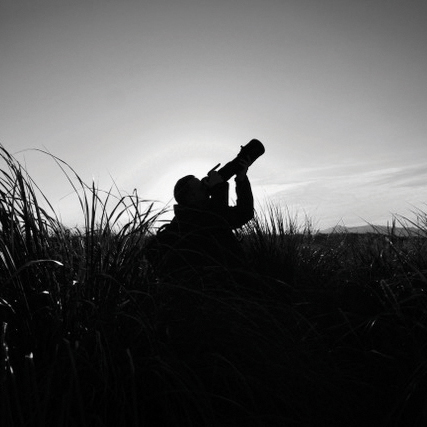
Graham is an action and sports photographer based in the Cotswolds, England. He has an eclectic mix of imagery which he says is a result of exploring his style while seeking out as many opportunities as he can to capture the beauty of life
Tech details
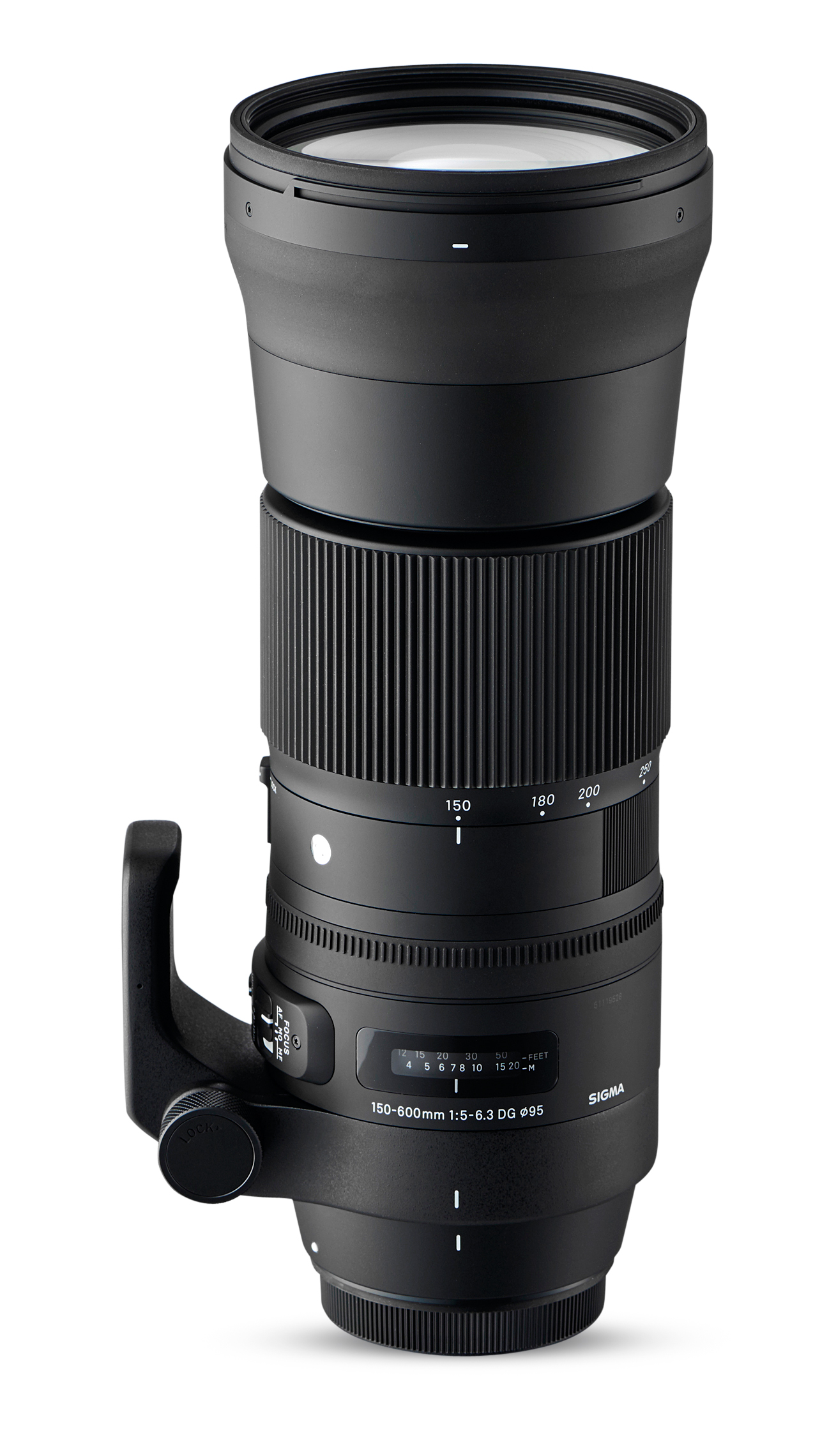
Camera: Canon EOS 5D Mark III
Lens: Sigma 150-600mm F5-6.3 DG OS HSM | Sport
Get the Digital Camera World Newsletter
The best camera deals, reviews, product advice, and unmissable photography news, direct to your inbox!
Accessories: Bean bag
Aperture: f/8
Shutter speed: 1/320sec
ISO: 200
This article originally appeared in Digital Photographer, a monthly magazine, and the kitbag essential for pros, enthusiasts, and amateurs alike!
Inside, you'll find practical guides, shooting tips, and techniques from working photographers, plus all the latest industry news.
Others in this series
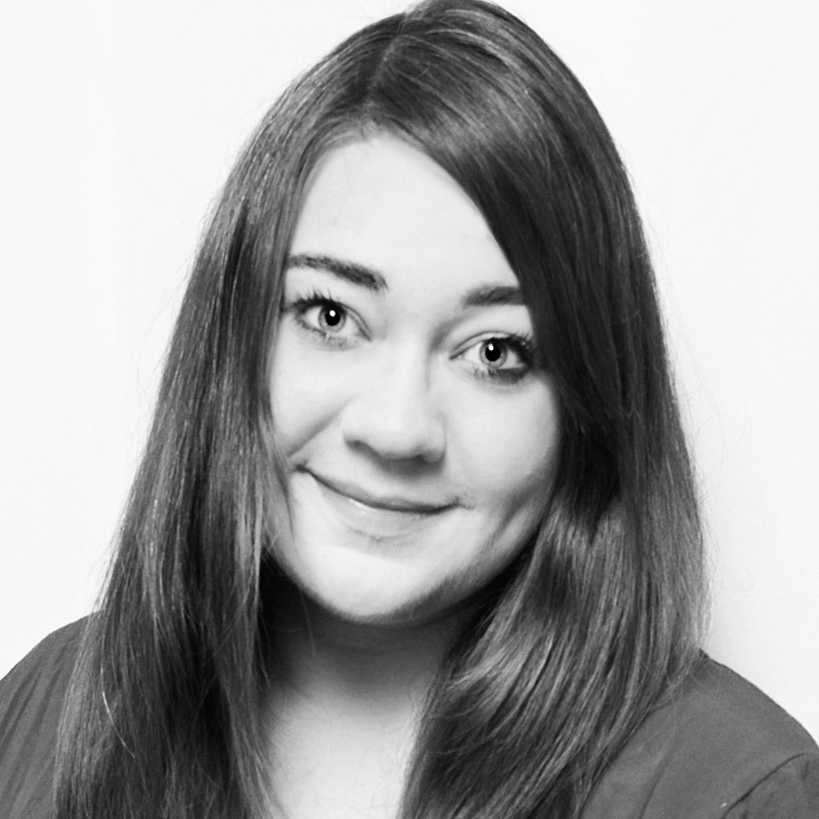
Kim is the Staff Writer on Digital Camera World, and formerly Technique Editor at Digital Photographer, focusing on the art and science of photography. With a Master’s degree in Photography and Media, she is driven to educate through an analytical approach, visually and technically. With her guides and tutorials, Kim seeks to uncover new facets of this time-honoured medium and foster a deeper understanding of its profound role in culture. Kim highlights topics that resonate with modern society, including women in photography and critical issues such as environmental conservation. She also discusses and reviews camera gear, giving you an overview to find the best fit for your photography journey.
